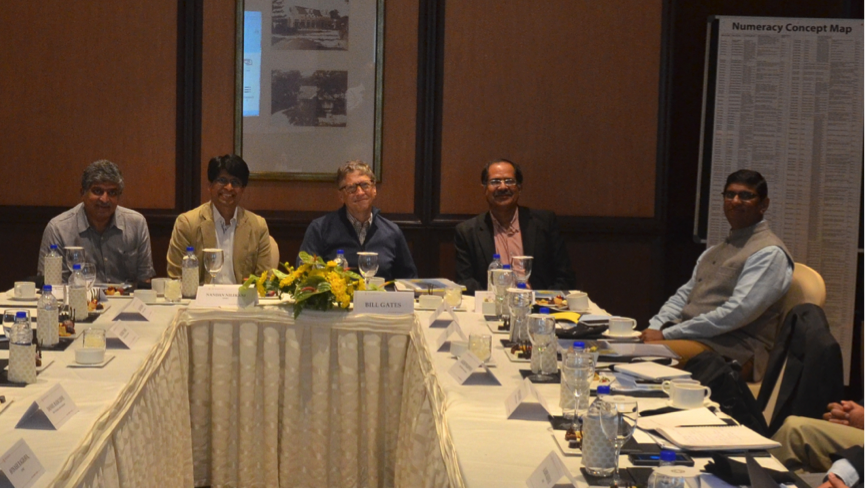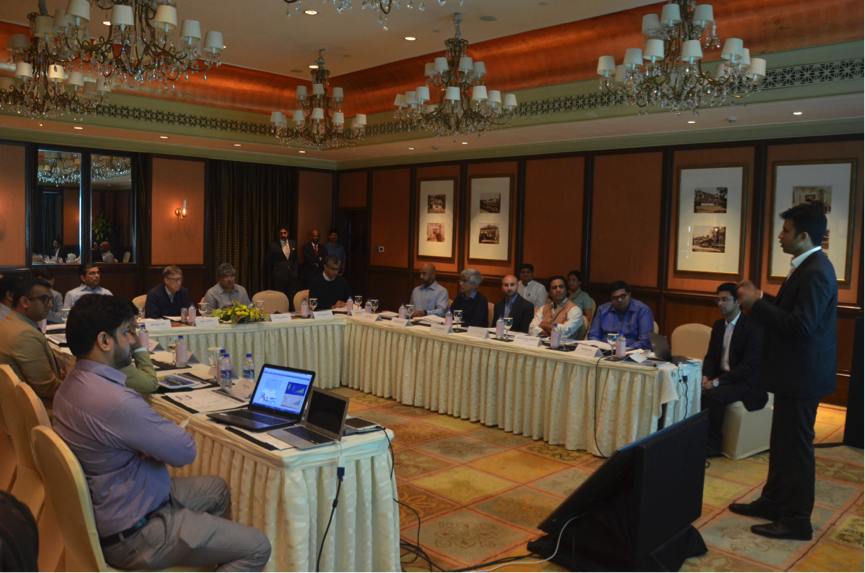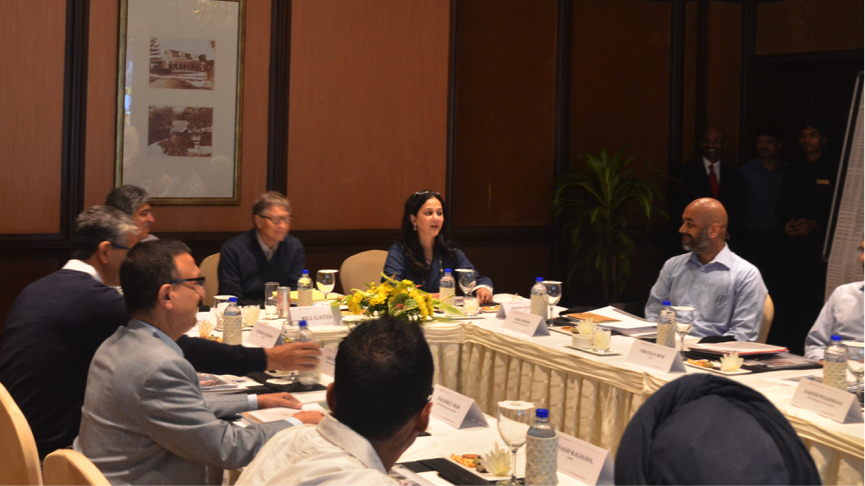There is today in many countries a proliferation of new digital credit services. These have been especially prominent in mobile money markets in sub Saharan Africa. The poster child has been M-Shwari out of Kenya; though there are a burgeoning array of new varied services in many places. The signals of deep interest from India are strong and India Stack may well position this market for an exciting ride.
At CGAP we have come to use the term “Digital Credit” to describe this new kind of service; though there may well be other terms. We hold that digital credit has three attributes that distinguish it from conventional credit:
- instant – decisions and transactions happen fast from application to disbursement to collections
- automated – while lending decisions are carefully calibrated each individual decision happens within a decision tree framework along a set of (evolving) algorithms, and
- remote – the services are delivered without relying on in-person interactions.
As we have examined nearly a dozen digital credit deployments in the past year, we saw many exciting innovations but also many early stumbles. To help new entrants get up the learning curve faster we developed, delivered and tested a set of training materials. These materials have been refined thorugh more than half a dozen deliveries with a wide array of banks, fintech firms, analytics firms and mobile money operators. We have put these materials together into An Introduction to Digital Credit. .
The introductory course is available for wide public dissemination and use. We built it around five main sections:
- An introductory session describes what digital credit is and distinguishes between two key models. One is new products – like M-Shwari – that are direct to individuals. As contrasted with new digital credit services that are delivered via a merchant or value chain aggregator. These two approaches entail quite different risks and business models.
- A second sections covers credit scoring and uses of new alternative data, such as mobile phone call records, are often part of the new innovation in digital credit. There is an introductory session for those new to credit scoring that describes how scoring is developed, how to tell if scorecards work, and an introduction to various kinds of data for scorecard building.
- A third section covers some of the product and service design considerations. This includes product details such as tenor, loan size, and initial pricing. There is in particular some very early research on consumer protection concepts pioneered by CGAP – a particularly important issue where given how fast digital credit can be delivered.
- A fourth section covers some of the financial considerations. While digital credit can be extremely low on branch and staff costs, often requiring no physical infrastructure to reach clients, it still incurs other costs. This section details a basic financial model for how digital credit business models can be built and highlights some of the unique financial dynamics.
- The final section is on partnerships. This is often the biggest source of failure is around partnership and blockage to experimentation. This concluding section on partnership highlights critical roles and provides a basic tool for how interested parties can consider and build out potential partnerships.
Whether you are already operating a digital credit service or planning to do one, the course aims to provide a structured high level view based on real deployments. It is a starting place to benefit from others that have tested and tried the idea.
At CGAP, we are excited about the potential of digital credit to expand access and also realistic about what more we need to do to make lending responsible amid the speed new technology. India’s fast moving changes in digital finance will provide a new array of opportunities and we can’t wait to watch and learn from what happens next.
Guest post by Gregory Chen, Regional Lead for Asia at CGAP, a resource center on financial inclusion housed at the World Bank.


 There were three broad themes that were covered — finance, healthcare and education — each of which forms an important part of the Gates Foundation’s work in philanthropy. Product demos included the
There were three broad themes that were covered — finance, healthcare and education — each of which forms an important part of the Gates Foundation’s work in philanthropy. Product demos included the  Bill Gates observed that India is producing cutting-edge work and there are few countries which can boast of a digital infrastructure as sophisticated as we are producing here. With such positive encouragement from one of the most accomplished individuals in the world, the vision of transforming India at large through application of technology has received a new impetus.
Bill Gates observed that India is producing cutting-edge work and there are few countries which can boast of a digital infrastructure as sophisticated as we are producing here. With such positive encouragement from one of the most accomplished individuals in the world, the vision of transforming India at large through application of technology has received a new impetus. Guest Post by
Guest Post by